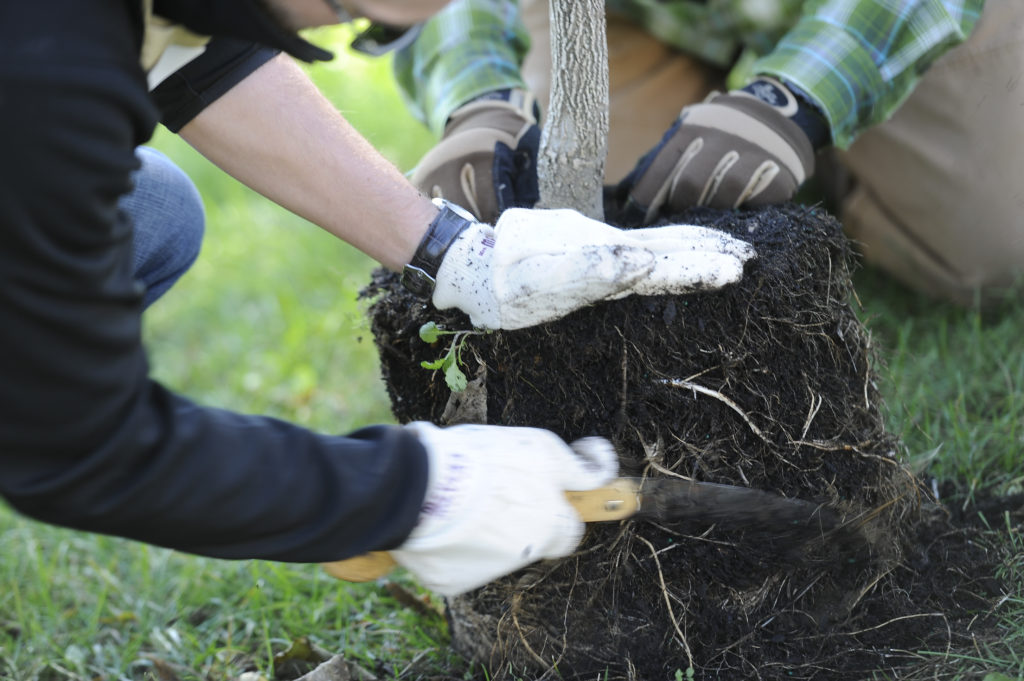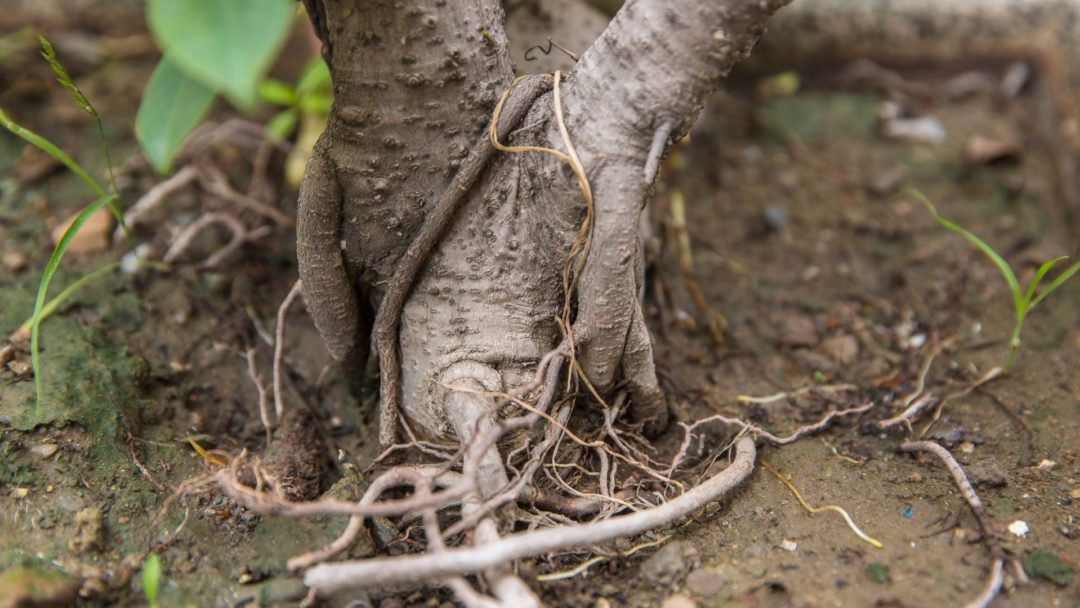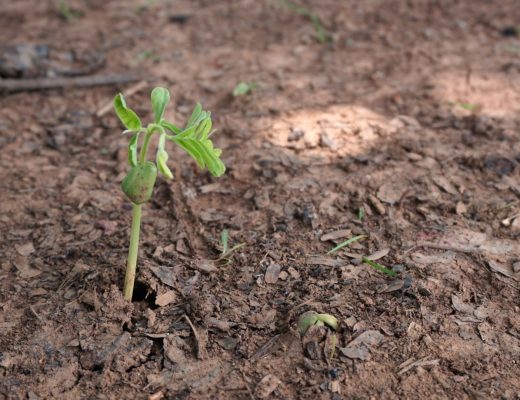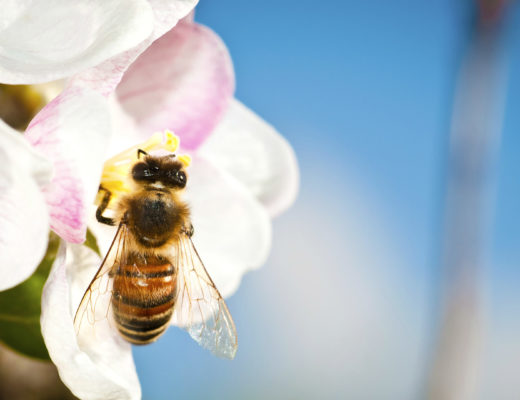Guest post by John Lang of Friendly Tree.
Imagine wearing a belt around your waist that is being squeezed tighter and tighter, and you’ll get an idea of what girdling roots do to a tree.
Girdling roots are more common than many people realize, yet they can be deadly. When lateral roots at (or sometimes, just below) the surface of the soil encircle or cut into the main trunk of a tree, the flow of water and nutrients becomes restricted. The longer a tree has to deal with girdling roots, the weaker and more unstable it becomes.
What Causes Girdling Roots?
Typically, girdling roots don’t just “happen.” Trees in urban environments are exposed to certain factors trees in nature don’t have to contend with, which can cause numerous issues, including girdling roots.
The most common cause is improper planting/transplanting. When trees remain in their nursery containers for too long, the roots can circle the bottom of the pot, having nowhere else to go. When these roots are not loosened during the planting process, they can become girdling roots.
Similarly, when a tree is planted in a hole that is too small, the same process occurs: the tree’s roots begin circling one another and in time develop into girdling roots.
Leaving pieces of the planting container or other debris in the planting hole can also lead to girdling roots down the road. Other causes include heavily compacted soil and close proximity to foundations, curbs and other obstructions, all of which can hinder normal root growth.

How to Spot Girdling Roots
Luckily, girdling roots are relatively easy to spot – if you know what to look for.
The number one indicator of girdling roots is an abnormal trunk flare. Typically, a tree trunk flares out where it meets the ground. In a tree with girdling roots, the trunk may instead appear straight or even narrower.
You may also observe roots circling the tree above the soil line, although typically girdling roots lie just below the surface. Other, less obvious signs include early leaf drop, small leaves and canopy dieback.
Treating and Preventing Girdling Roots
The best way to prevent girdling roots – as well as many other problems – is to dig the correct size planting hole. A common misconception is “the deeper the better,” however, the planting hole should be two to three times as wide as the root ball and no deeper than the root ball. There should not be soil above the root flare or mulch up against the trunk.
If there are roots encircling the base of the root ball, break these up before planting to allow for normal root development. Water a newly planted tree consistently and inspect the root flare for defects periodically.
Girdling roots can be removed, but you may need to consult with a certified arborist to avoid damaging the main stem. In severe cases, girdling roots can compromise the tree’s stability and the tree may need to be removed.
Watch: Ask an Arborist: How do I Hire an Arborist?
About the Author
John Lang is a Certified Arborist and a member of the Friendly Tree team, a family-owned New Jersey tree care service, dedicated to the thoughtful and careful maintenance of your trees and shrubs. Friendly Tree Service has been in business for 26 years and remains passionate about trees and nature. With a highly trained staff that treats every property as their own and state of the art equipment, Friendly Tree is on the cutting edge of the art and science of Arboriculture.




